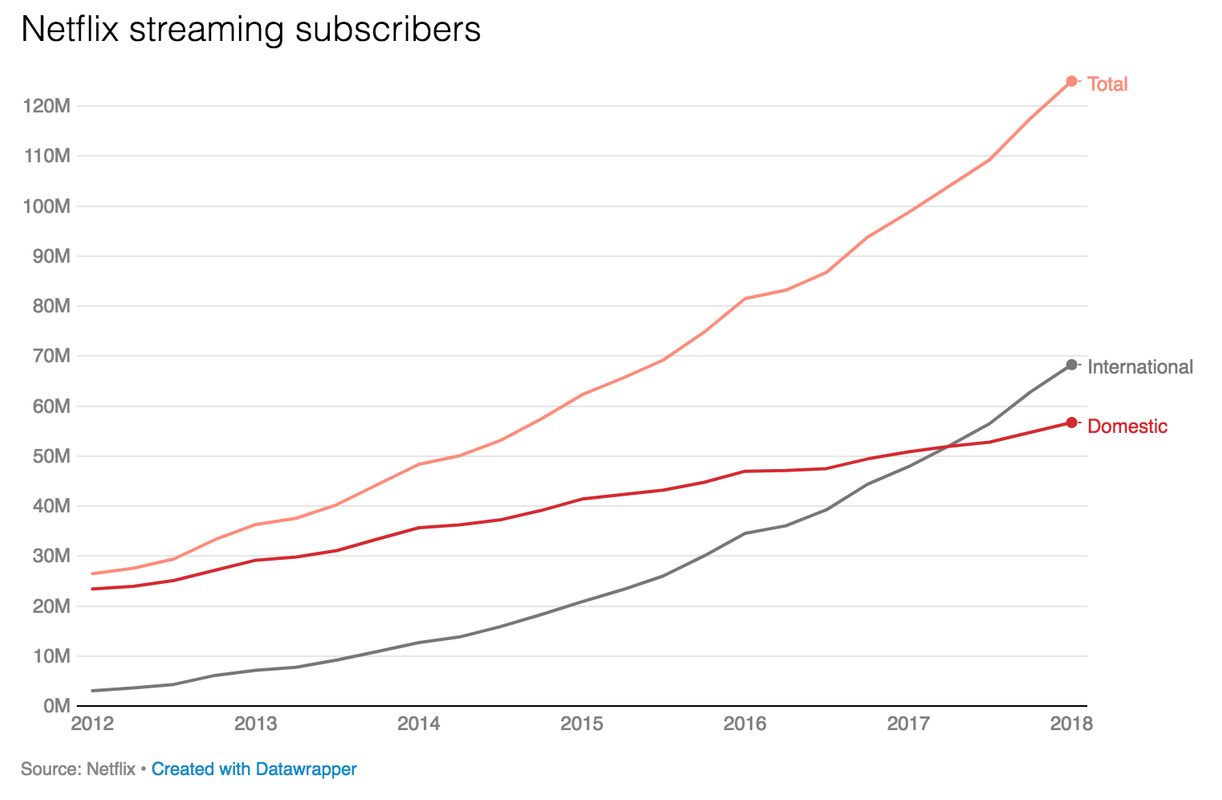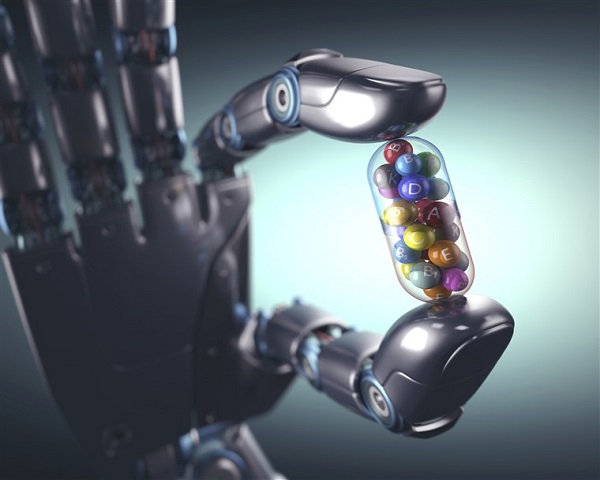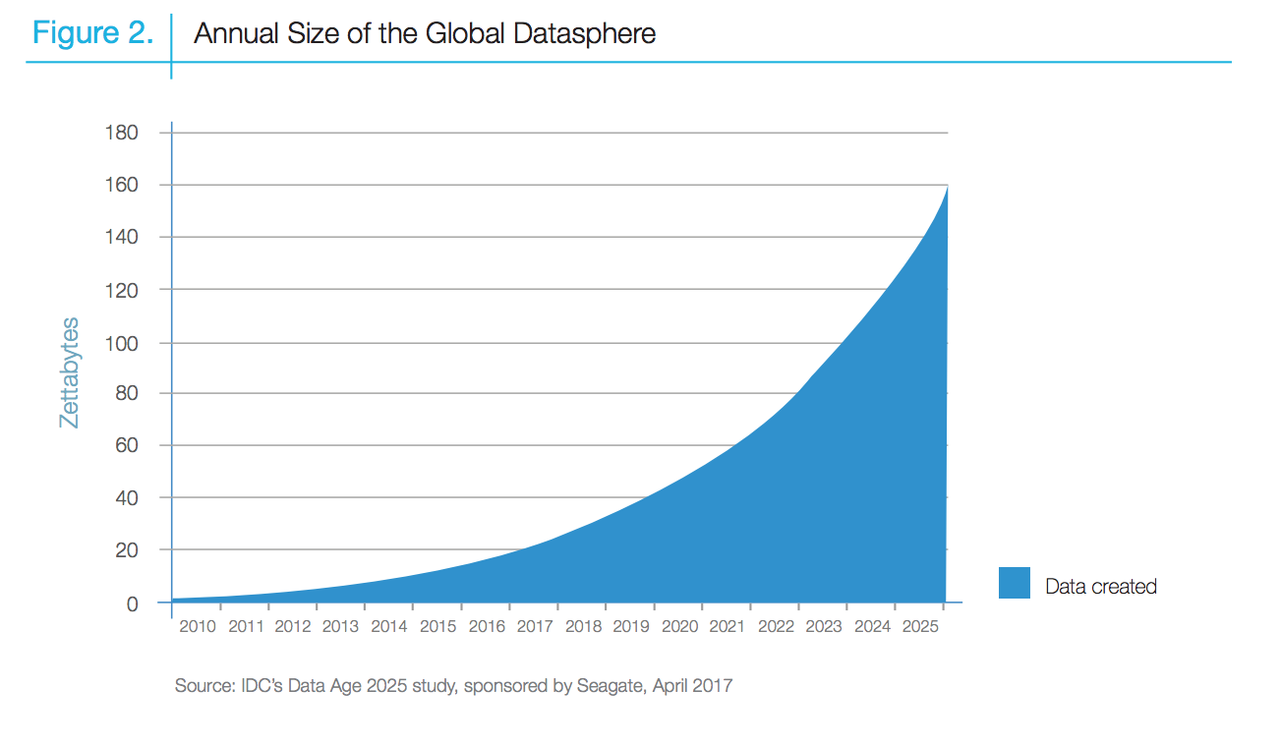[vc_row type=”in_container” full_screen_row_position=”middle” scene_position=”center” text_color=”dark” text_align=”left” overlay_strength=”0.3″ shape_divider_position=”bottom”][vc_column column_padding=”no-extra-padding” column_padding_position=”all” background_color_opacity=”1″ background_hover_color_opacity=”1″ column_shadow=”none” column_border_radius=”none” width=”1/1″ tablet_text_alignment=”default” phone_text_alignment=”default” column_border_width=”none” column_border_style=”solid”][vc_column_text]
Any process that requires human intervention will see process improvements with the use of artificial intelligence (AI). It’s not meant to replace humans but to minimize inefficiencies and redundancies. It shouldn’t be viewed as dehumanizing, but a tool to assist with advancement.

It’s natural to be fearful of the unknown. Anytime in history where automation and/or technology was introduced, there’s always the nay-sayers who followed.
With every new advancement, such as the washing machine, dishwasher, vacuum, it has enabled humans to enjoy a higher standard of life – reducing the time spent on tasks that otherwise would take an entire day.
A great example of machine advancement took place in 1714. Henry Mill, patented the typewriter calling it “an artificial machine…”! The typewriter enabled business communications to evolve – it increased the pace of information from one department to another.
The workplace changed. Businesses invested in people – Typist in particular. With a great Typist you were able to get more information out to stakeholders, departments and customers, than with the written word.
A typed letter was easy to read and it didn’t depend on a Writer’s penmanship. Beautiful handwriting is an art – however not very effective for mass communications.
The evolution of a personal computer with the power of a word processor, soon outpaced the typewriter – Spell Check minimized human errors. Computing power transformed the way people worked forever!

Fast forward and artificial intelligence is embarking on the same revolution. The advancement of smartphones has pushed the boundaries of information sharing and data consumption and creation.

Out of all the data in the world, It’s crazy to think that 90% of data was only created two years ago. Our data output is approximately, 2.5 quintillion bytes a day. That’s equivalent to going around the Earth 5 times!

A computer program would have a hard time to keep up with all this data! That’s why the adoption of artificial intelligence has started to go mainstream.
Why are companies turning to AI instead of the traditional software?
A computer program needs a Programmer to tell it, if, and, what to do…
The software is dependent on the development skill of the mobile app developer. In contrast with deep learning, it takes away the dependancy. The AI algorithm analyzes a user’s interactions.
As the artificial intelligence robot becomes smarter, it personalizes the right type of content for the user. It makes finding information easier – minimizing time spent on search. AI is a tool to optimize inefficient processes.
AI in Media
In media, AI is used for personalization. If you use Netflix and/or YouTube for video streaming you’ve experienced it. Content is personalized based on your viewing habits, preferences, etc.
As of Q4 of 2017, Netflix has 117.6 million subscribers. Collectively Netflix users consume 1 billion hours of content a week.

AI isn’t just providing a personalized experience for subscribers. On the backend, artificial intelligence is able to minimize editing and production time.
With the massive amounts of data out on the World Wide Web, unstructured content such as video is nearly impossible to find – unless someone has manually meta tagged and wrote the descriptions for each video.
Now with video captioning, descriptions must also be written for every frame.
AI for Media automates this task. Through the use of facial recognition, sentiment, groupings and genres it categories the video efficiently – with natural language processing (NLP) it transcribes the spoken word from each frame to written word.
By having every frame tagged and with proper descriptions, it’ll enable the content to be found on search engines more readily.
Cognitive/artificial intelligence can also help with getting content on the screens faster. What an audience views as a 90 minute movie, would of taken a studio months of planning and work – writing, storyboarding, filming, editing, testing and revising.
AI can shorten editing and testing times. With deep learning, the AI engine understands an audience’s sentiment and it can restructure the storyline in the right sequences to make it more enjoyable. It doesn’t mean that an Editor or a Writer isn’t needed anymore. If anything, it’ll free them up to work for other projects.
AI for Pharma Research
AI can benefit the research field. Artificial intelligence for Pharma can help maximize research dollars. When it comes to drug discovery, it can take years of research, resources and clinical trials. All this can result in nothing.

AI gives pharmaceutical companies an advantage – the race against time! Instead of looking at a pile of needles in a haystack (for a cure), an AI engine can hone in on specific needles – the ones with the highest probability of becoming a cure.
AI can cut down research time – by eliminating the need to spread their research dollars across areas. It can focus it’s research dollars on specific areas with the intent to optimize a drug’s time to market and lower costs for drug discovery.
Conversational Chatbots
AI is already interacting with us in our daily lives on social media and with chatbots. Chatbots can be through messaging interface or voice such as with Google Duplex.
A conversation bot can be so natural. It understands inflections and even the right pauses and tempo.
Many would say it’s unethical and even deceptive. But in a digital age where consumers expect everything at their fingertips, the only way to provide that level of service requires augmented assistance.
Whether you like or not, artificial intelligence is here to stay. For humans to control it, we need to set tight parameters of what it can do. Unleashing too much power to a machine or even a human can cause negative implications.
You wouldn’t give a new driver, keys to a Lamborghini and hope that he/she drives within the speed limit. Ahh…that’s not going to happen?!?! They’ll be flooring the gas pedal! Just like you wouldn’t unleash an artificial intelligent bot to do as it wishes.
A good example of a bot going off the rails, is in 2016 with Microsoft’s Tay AI. In just half a day it was taught by Twitter users to become offensive and vulgar. When a bot has no filters or parameters, things can go amok.
Just like a child, a parent’s moral compass must be instilled into the next generation – with a good foundation and strong principals. This will mitigate future risks if someone attempts to compromise them.
Since bots eat what they’re fed, it’s vital that Cognitive/Artificial Intelligence Developers be impartial – not to instil their opinions or judgements on the machine. The goal is to use AI to help humans not to hinder them.
As long as humans use data (based on IDC’s research it will continue to grow), artificial intelligence robots will be around to help make sense of it!

Written By: Colleen Rodericks[/vc_column_text][/vc_column][/vc_row]
